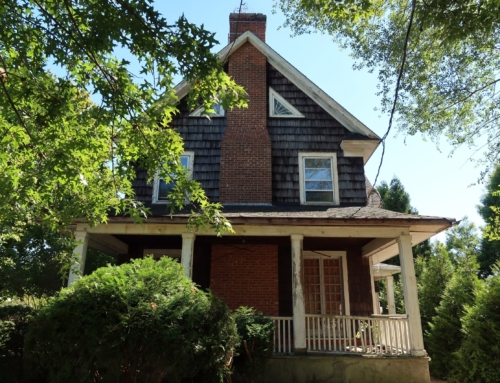No two homes are exactly alike.
Even if you look at two homes built at the same time in a single subdivision, or two condominiums in the same building, each will have been decorated differently, and maintained to a different standard.
And even if the decorating is equally tasteful, and the level of maintenance is the same, where each home, townhouse or condo is located on the property may affect its value.
And then there are amenities that may have been added to the home over the years.
For example, if a single-family house has an attached garage, it will certainly be worth more than the same style of house with a detached garage, or a covered carport, or no parking space at all.
A house with a two-or three-car attached garage will be more valuable than a house with an attached one-car garage.
Depending on where you live in the United States, an in-ground swimming pool can be an asset or an albatross. In a community where the four-bedroom home is standard, a three- or five-bedroom home can be a tough sell.
Similarly, a house with a brand-new kitchen/family room addition may be overpriced for a community where those amenities aren’t coveted by a majority of the residents.
When shopping for a home, it’s important to look objectively at a home’s amenities and to think about the value other home buyers place on these amenities. Once you get an idea of what these amenities are worth (their value typically has nothing to do with how much they cost to install), you can do some addition and subtraction based on the number of amenities a prospective home has or doesn’t have.
For example, if most of the single-family homes in your community have a wood-burning fireplace, and the home you’re looking at doesn’t, you may want to subtract $1,000 or $5,000 from the maximum amount you’re willing to pay for the property.
If home you like has an in-ground swimming pool, perhaps you’ll add $5,000 to the price you’re willing to pay.
The value of an amenity changes based on how old it is, the condition it is in, and whether everyone else in the neighborhood has it or wants it. So a wood-burning fireplace might cost $2,500 to install, but homes that have one sell for $5,000 more than those without that amenity. And, an in-ground swimming pool might cost $30,000 to install, but be worth only an additional $10,000 in resale value. An attached 3-car garage might cost $40,000 to build, but add $75,000 to the resale value of your home.
Although it may seem unnatural at first, after you’ve been shopping for a home for awhile, you’ll begin to think about a home as being nothing more than the sum of its parts. And as you visit different homes on showings, you’ll start mentally adding up the value of all the different pieces.
It’s a good idea to look closely at all the pieces you’ll be buying, but don’t forget that you’re buying the whole property, not 4 of the 10 rooms plus the basement. You can’t just pull the positives out of a property – you get the whole thing, and that includes amenities that don’t work or are out of date.
At the end of the day, you’re not going to be able to do a cost analysis of every individual piece of a house. And, when it comes time to sell, you won’t be able to just sell your garage or swimming pool.
So think about amenities in the context of how they affect the value of the whole property today, and perhaps ten years from now when, if you buy this home, you’ll be getting ready to sell.






Leave A Comment